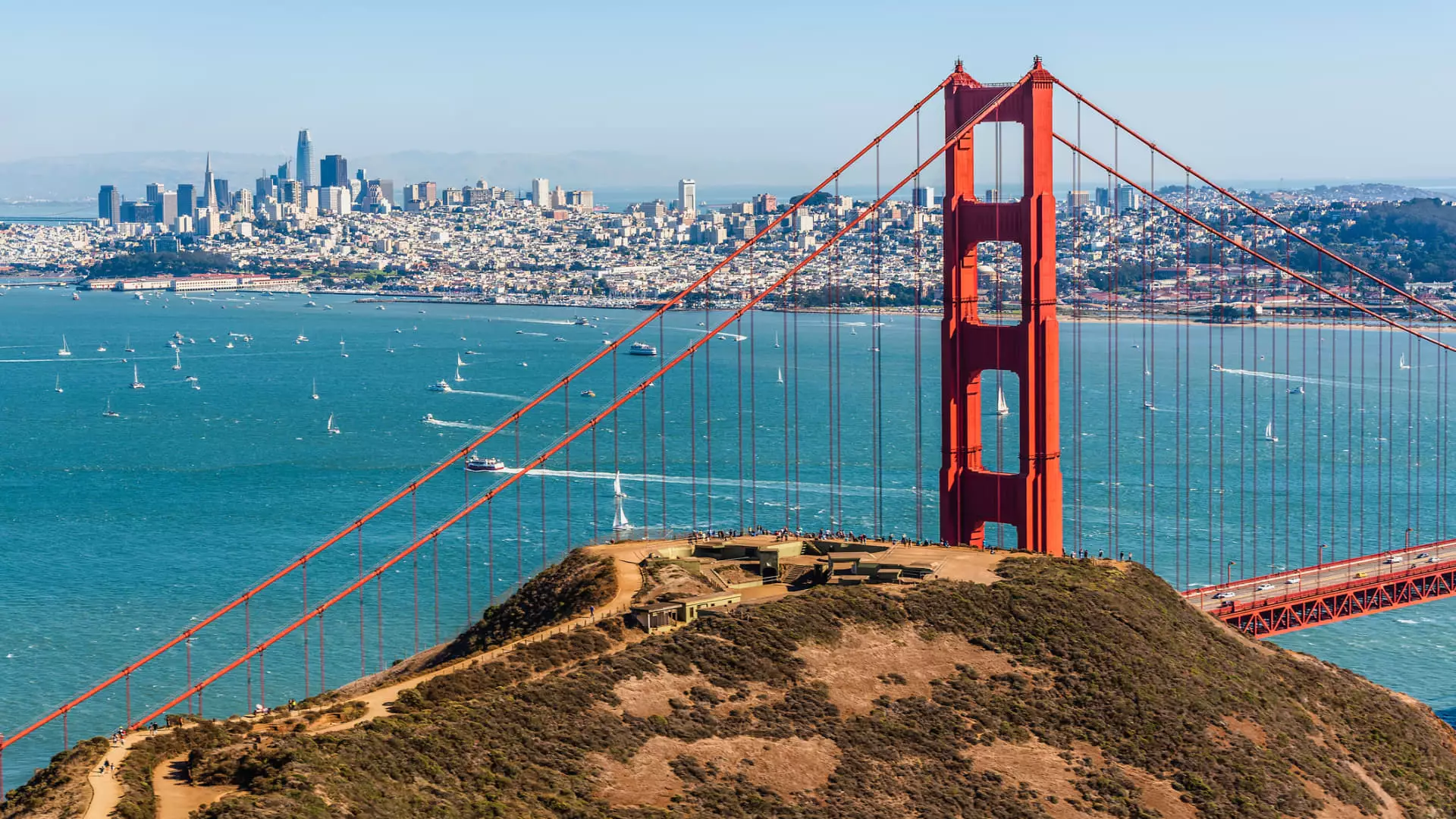As the global stage settles into clearer hierarchies, there’s an unsettlingly visible chasm emerging in American wealth distribution. A recent report underscores a stark truth: the United States hosts over a third of the world’s millionaires and billionaires, igniting a debate about the implications of such concentrated affluence in a nation that, historically, professed ideals of equality and opportunity. The data reveals that there are now more than 6 million liquid millionaires in the U.S., marking an alarming 78% increase over just a decade. This meteoric rise, while indicative of a booming market, should raise red flags about economic equity and social justice.
Millionaires and Centimillionaires: A New Class Divide
The statistics unveil a severe class divide—with the number of American centimillionaires reaching upwards of 10,000 by 2024. Contrast this with only a fraction in China, and one might envision a future where wealth becomes so entrenched that social mobility is merely a well-spun myth. The report estimates there are 867 American billionaires, reinforcing the narrative that wealth is becoming both a brand and an identity in 21st-century America. The rise of a billionaire class in an economy marked by rising unemployment and stagnant wages for the average worker is a troubling juxtaposition that underscores systemic inequalities fostered by outdated economic structures.
The Migration of Wealth: A Not-So-Glamorous Trend
Inevitably intertwined with this discussion of wealth is the migration of millionaires to the U.S. in search of greener pastures—a phenomenon that some might view as a blessing. Yet, this migration often exacerbates local inequalities. While states like California, Florida, and Texas have become enigmas of economic opportunity, one must wonder how their burgeoning millionaire populations affect the socio-economic landscape. The influx of 3,800 millionaires from abroad, including 95 centimillionaires, often leads to housing price surges that push average families further from financial safety. One must question: at what point does this influx stop benefiting the majority?
The Battle Between Wealth Hubs: A Question of Values
As wealth continues to concentrate in certain regions, a curious competition emerges—New York vs. the Bay Area. While New York remains the stalwart of American wealth, the Bay Area’s more than 98% growth in millionaires over the last decade draws attention to a rethinking of what it means to be affluent in America. The race toward wealth creation is no longer just a battle of resources; it has morphed into a cultural narrative where tech prowess is venerated over traditional finance. The ensuing question remains critical: does this insatiable quest for wealth dilute the foundational values of community, empathy, and social responsibility, or will it lead to a newer form of socio-economic consciousness?
The growth of the millionaire class in America presents not just numbers, but moral dilemmas that resonate beyond economic theories; they challenge our notion of what it means to be successful in a society where wealth often distances individuals from the very communities that shaped them.

